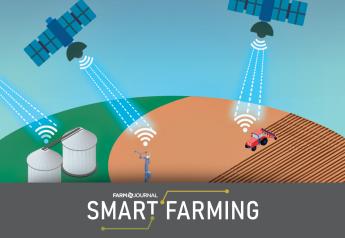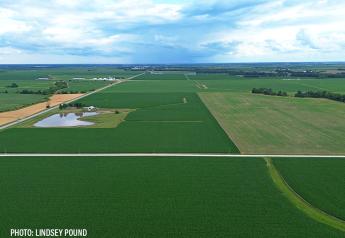Weak Seasonal Trends Shown in Farm Inputs
The second quarter of 2017 saw fertilizer prices perform about as expected, but the seasonal fertilizer price rally was milder than expected. The Farm Journal Nutrient Composite Index (NCI) started the quarter at 535.35, and it firmed to a seasonal peak of 536.99 in mid-May before it fell to 519.08 by the end of June, marking a 3% overall decline.
One of the most notable features in this year’s price action was the failure of urea to breach its year-ago price in early spring. That presaged softer-than-expected price action in urea, which, in turn, pressured anhydrous ammonia and UAN solutions in kind.
Phosphate price action was equally mild as DAP and MAP worked to correct the price spread between themselves. Once the spread normalized, DAP and MAP followed similar, flat trajectories. All told, DAP ended the quarter $10 lower, and MAP firmed a little less than $1.
Potash held no surprises during the quarter and featured very steady price action. It ended the quarter roughly $1.50 above where it began.
The big news on fuels was the sharp decline in crude oil futures, despite agreements by OPEC and non-OPEC partners to moderate production. Heating oil futures followed crude oil lower, refinery throughput surged, and distillate stocks firmed to levels above the top of the five-year average range and above the year-ago peg, according to the Energy Information Administration. During the height of spring fieldwork, farm diesel firmed to $2.02 per gallon, but it quickly retreated to end the quarter at $1.91.
Propane took on a more morose tone as U.S. exports rose. Prices fell 12¢ through the quarter, but they maintained a down-trending range roughly 25¢ above the same time last year. The surge in export activity raised concerns that this year’s seasonal price low could come in 10¢ to 15¢ above that of last year.







